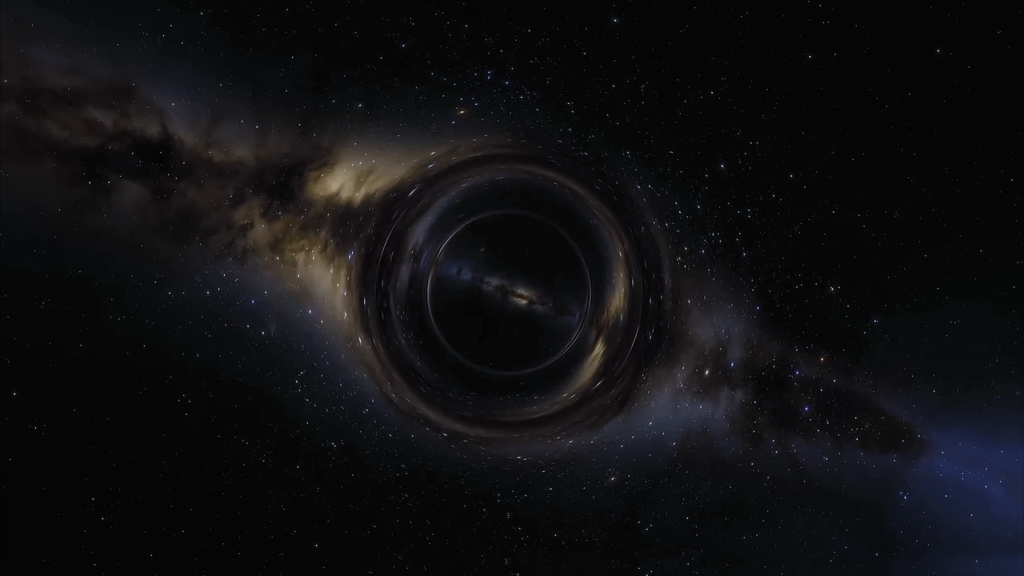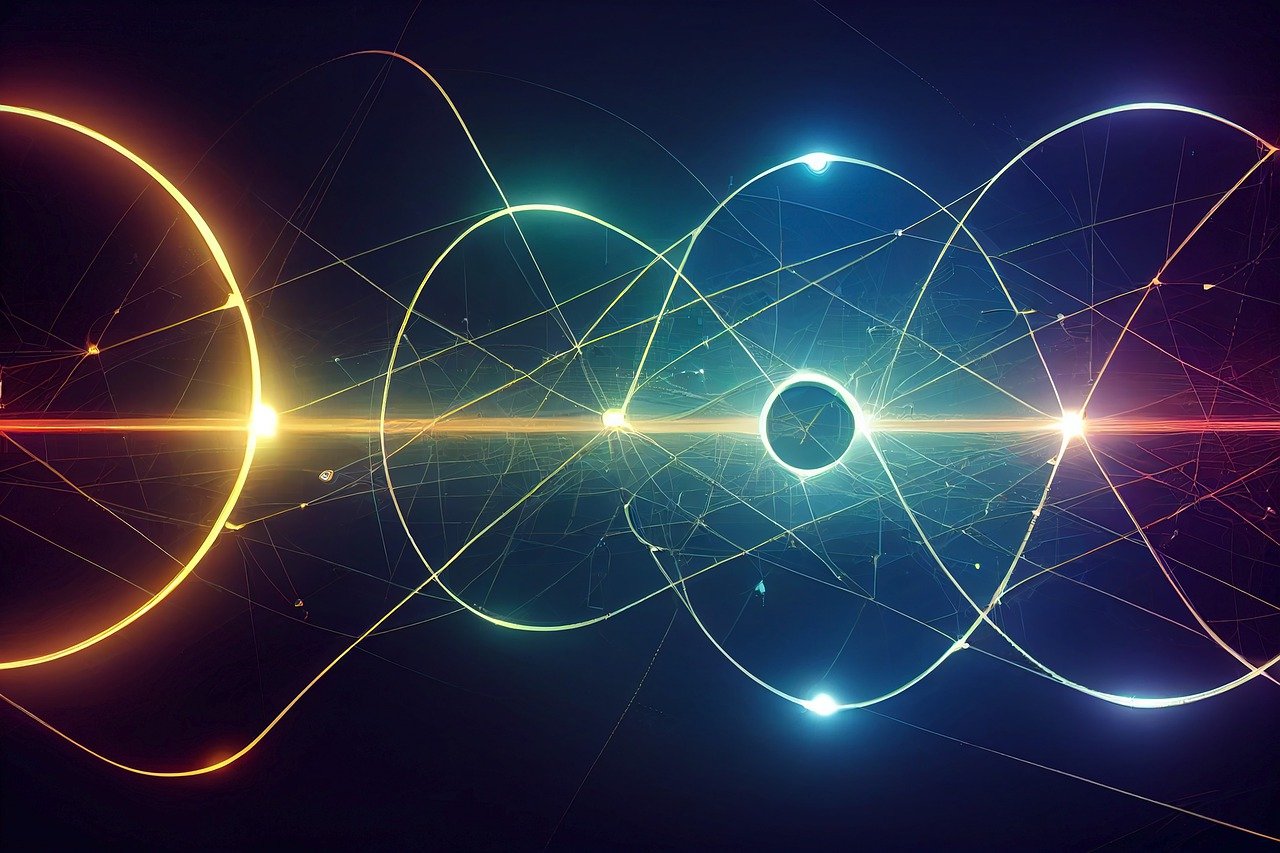Since the discovery of gravitational waves, humanity has been captivated by their potential to transform our understanding of the universe. These ripples in spacetime, created by massive cosmic events like black hole collisions, open up possibilities for interstellar communication and even propulsion systems. What if we could harness this power not just passively, but actively? Could we create gravitational waves ourselves, using the boundless energy locked inside atoms?
In this post, we’ll explore three interrelated ideas: the incredible energy within atoms, the use of natural gravitational waves for communication and travel, and the possibility of synthesizing our own gravitational waves through atomic energy. Together, these concepts paint a picture of an extraordinary future where humanity truly unlocks the cosmos.
The Power Inside Atoms
Atoms are the fundamental building blocks of the universe, and within them lies a truly staggering amount of energy. Albert Einstein’s equation, E=mc², revealed one of the most profound truths of physics: mass and energy are interchangeable. Even a minuscule amount of mass contains an enormous amount of energy. This principle underpins nuclear reactions and explains the massive energy outputs seen in processes like fission and fusion.
The Strong Nuclear Force
At the heart of every atom lies the nucleus, where protons and neutrons are bound together by the strong nuclear force—one of the four fundamental forces of nature. This force is incredibly powerful, far exceeding the electromagnetic repulsion between positively charged protons. The energy required to overcome the strong nuclear force is immense, which is why splitting or fusing atomic nuclei releases such vast amounts of energy.
Applications of Atomic Energy
Nuclear fission, the process of splitting heavy atomic nuclei like uranium or plutonium, releases energy that has been harnessed for both destructive purposes (nuclear weapons) and constructive ones (nuclear power). On the other hand, nuclear fusion, the process powering the Sun and stars, involves combining light atomic nuclei like hydrogen to release energy. Fusion holds great promise for humanity’s energy future, as it produces minimal waste and abundant power—if we can master it.
The question arises: Could this energy be directed toward something even more extraordinary, such as creating ripples in spacetime? If so, humanity might unlock entirely new methods of communication and propulsion. To answer this, we first need to explore gravitational waves themselves.
Harnessing Natural Gravitational Waves
Gravitational waves are ripples in spacetime caused by the acceleration of massive objects, particularly in asymmetric systems. The most dramatic sources include merging black holes, colliding neutron stars, and supernovae. These waves propagate at the speed of light, traveling vast distances virtually unimpeded by matter or cosmic dust.
Detection of Gravitational Waves
The first direct detection of gravitational waves occurred in 2015 with the Laser Interferometer Gravitational-Wave Observatory (LIGO). Since then, scientists have identified numerous gravitational wave events, revealing a universe teeming with activity. These discoveries have opened up a new branch of astronomy, allowing us to “listen” to cosmic phenomena that were previously invisible.
Imagine a future where humanity has established a network of advanced gravitational wave observatories, distributed across the solar system. This network would:
- Detect and Decode: Satellites equipped with ultra-sensitive instruments could pick up gravitational waves from cosmic events. AI systems would analyze these signals, extracting potential messages encoded by other civilizations.
- Triangulate Origins: By measuring the time delay between detections at different locations, we could pinpoint the source of the waves with remarkable accuracy.
- Modulate Signals: Humanity could develop technology to encode information onto these waves, effectively transforming them into interstellar communication channels.
Why Gravitational Waves Are Ideal for Communication
Unlike electromagnetic waves, gravitational waves are immune to interference from interstellar dust and gas. They propagate through spacetime itself, making them an ideal medium for long-distance communication. However, relying on natural events for signals presents challenges—such as timing and variability. This limitation inspires the next step: creating gravitational waves ourselves.
Creating Gravitational Waves with Atomic Energy

To create gravitational waves, we need a source of immense energy and a way to accelerate mass asymmetrically. This might sound like science fiction, but the principles are rooted in established physics.
Harnessing Atomic Energy
The energy stored within atoms could theoretically be directed toward generating gravitational waves. For example:
- Asymmetric Nuclear Reactions: Gravitational waves arise from asymmetric mass acceleration. If we could engineer nuclear reactions to produce uneven mass distributions during energy release, it might generate tiny gravitational waves. This could involve advanced reactors or particle accelerators designed for this purpose.
- Mass Accelerators and Oscillators: Another approach could involve using atomic energy to power devices that move massive objects in asymmetrical patterns. Spinning rings or oscillating masses, driven by nuclear power, could create spacetime distortions.
- Micro Black Holes: On the cutting edge of speculation, atomic energy might be used to create and manipulate micro black holes. These could serve as powerful sources of gravitational waves, offering unprecedented control over spacetime.
Challenges and Opportunities
Creating gravitational waves using atomic energy presents significant hurdles:
- Energy Requirements: The amount of energy needed to produce detectable gravitational waves is enormous. Current technology is nowhere near sufficient, but advancements in fusion power or exotic energy sources could change this.
- Technological Complexity: Designing machinery capable of asymmetric mass acceleration or controlled manipulation of atomic energy would be a monumental engineering challenge.
- Ethical Considerations: Such technology could be weaponized, raising questions about its responsible use.
Despite these challenges, the potential applications are awe-inspiring. A spacecraft equipped with a “gravity wave generator” could surf its own waves, traveling vast distances efficiently. Similarly, gravitational waves could become a universal communication medium, connecting civilizations across the stars.
A Vision of the Future
The energy locked inside atoms and the potential of gravitational waves represent two of the universe’s most profound mysteries. By combining these ideas, humanity could unlock revolutionary technologies for interstellar communication and propulsion. Imagine a future where spacecraft ride gravitational waves like cosmic surfers, or where encoded messages ripple across spacetime to reach distant civilizations.
This vision may be far from reality, but every great achievement begins as a dream. As our understanding of atomic energy and gravitational waves deepens, the possibilities for humanity’s expansion into the cosmos become increasingly exciting. Could this be the way we find our place in the universe? Only time—and human ingenuity—will tell.


Leave a Reply